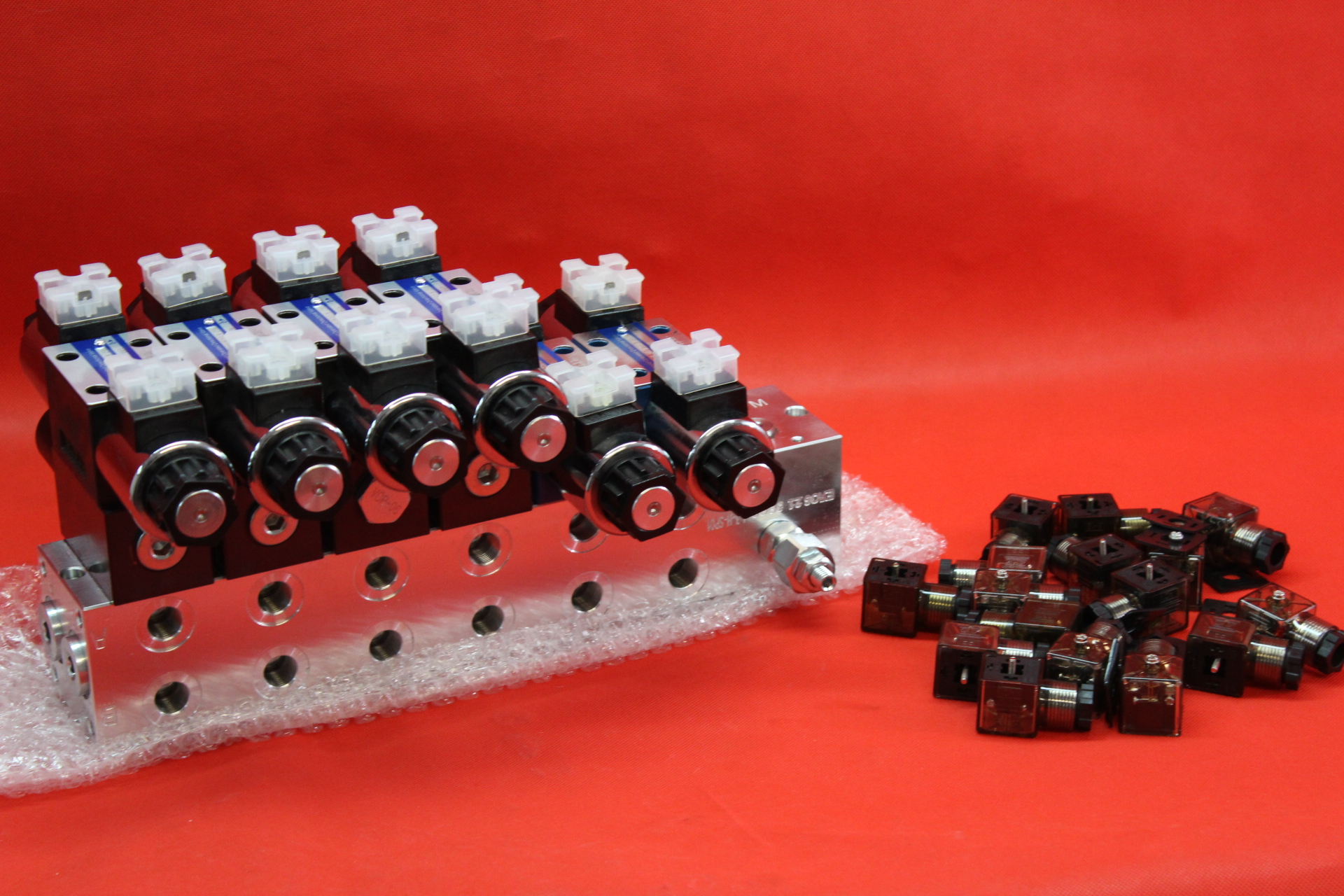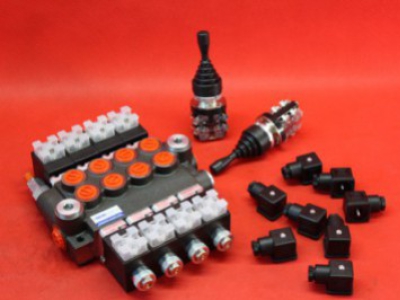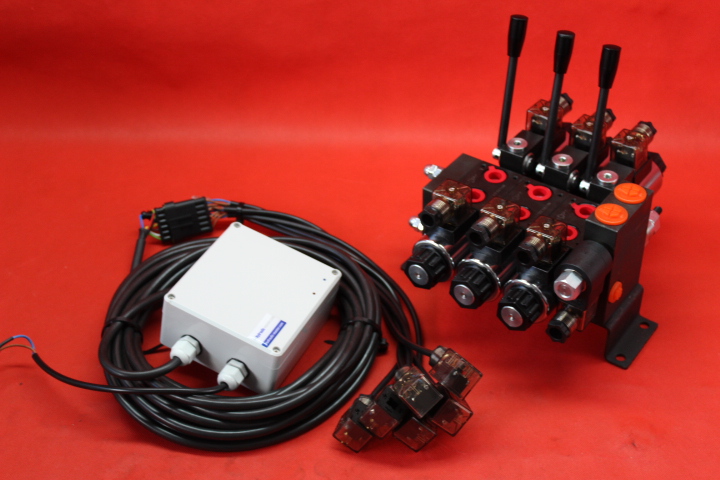A control valve is a valve used to control fluid flow by varying the size of the flow passage as directed by a signal from a controller. This enables the direct control of flow rate and the consequential control of process quantities such as pressure, temperature, and liquid level.
In automatic control terminology, a control valve is termed as a "final control element".
The opening or closing of an automatic control valve is usually done by electrical, hydraulic or pneumatic actuators. Normally with a modulating valve, which can be set to any position between fully open and fully closed, valve positioners are used to ensure the valve attains the desired degree of opening.
Air-actuated valves are commonly used because of their simplicity, as they only require a compressed air supply, whereas electrically-operated valves require additional cabling and switchgear, and hydraulically-actuated valves required high-pressure supply and return lines for the hydraulic fluid.
.JPG)
The pneumatic control valve signals are traditionally based on a pressure range of 3-15 psi (0.2-1.0 bar), or more commonly now, an electrical signal of 4-20 mA for an industry, or 0-10V for HVAC systems. Electrical control now often includes a "Smart" communication signal superimposed on the 4-20mA control current, such that the health and verification of the valve position can be signaled back to the controller. The HART, Fieldbus Foundation, and Profibus are the most common protocols.
An automatic control valve consists of three main parts in which each part exist in several types and designs:
Valve actuator - which moves the valve's modulating elements, such as a ball or butterfly.
Valve positioner - Which ensures the valve has reached the desired degree of opening. This overcomes the problems of friction and wear.
Valve body - in which the modulating element, a plug, globe, ball or butterfly, is contained.
A huge variety of valve types and control operation exist. However, there are two main forms of action; the sliding stem and the rotary action.
.JPG)
The most common and versatile types of control valves are a sliding-stem globe, V-notch ball, butterfly and angle types. Their popularity derives from rugged construction and the many options available that make them suitable for a variety of process applications.

.jpg)



